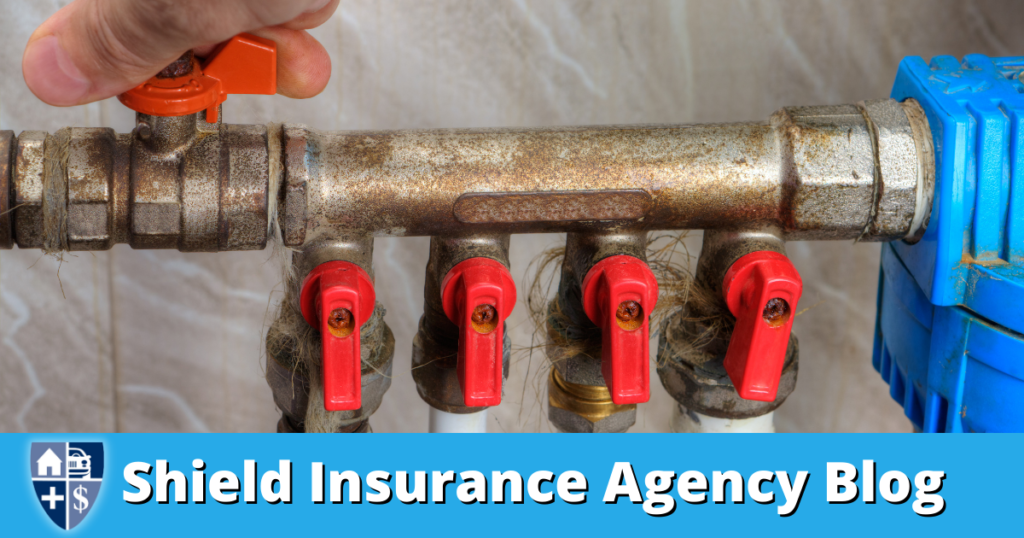Foremost Insurance Blog | by Niki King | Water Supply | Home Insurance | Self-Quoting Portal
If your plumbing freezes, springs a leak, backs up, requires maintenance or you’ll be away from your house for a while, you may have to turn off the water supply for your home. Do you and everyone else in your household know how to do so? Consider these steps to help be prepared:
Find the Main Water Supply Shut-Off Valve
In most homes, this is located near the main water pipe leading into the home – typically the kitchen, downstairs, or utility room. In warmer areas, the valve may be outside on an exterior wall or buried near the road. If there is more than one valve, it’s most likely the closest to the inside plumbing, versus the one that’s closer to the street. There are several types of water valves used in home plumbing, so be sure you know which one is correct. Tip: Label the valve so it’s easy for everyone to locate! This could also be handy if someone else is staying in your home and needs to turn off the home water supply.
Shut the Water Supply Valve Off
Remember the saying “Righty tighty, lefty loosey?” It applies here as well, so turn the valve clockwise to cut off the water flowing into the home. If the valve is stiff or too tight to turn with your bare hands, we suggest wearing gloves to get more grip and protect your hands. If you still cannot twist the valve, consider calling a professional plumber.
Drain Remaining Water
Although the water supply is now turned off, there will still be water in the system that needs to drain out. People can do this by turning on all faucets (both hot and cold settings). Once the water stops flowing, they should turn the faucets off. Some appliances or fixtures with a reservoir may still have limited usage after shutting off and draining the water. For example, toilets could flush one more time. Tip: Consider collecting the water in a container to use for watering plants or other ways to avoid waste.
Wait/Perform Maintenance
Now it should be safe to make repairs or wait for the plumbing emergency to no longer be a concern, depending on the issue. It is recommended to call a professional plumber when you cannot handle a problem alone, don’t know how to fix the issue, or aren’t sure what the problem is.
Open the Water Supply Valve
Head to the main valve and turn it counterclockwise to get the water flowing again. Tip: It’s recommended to test shut-off valves twice a year to ensure proper operation. Catching a problem before it becomes a problem can save time, money, and a lot of stress in the long run.
Run Water Lines and Appliances
Turn on the faucets again for a few minutes to remove air from the pipes while the water refills the pipes, and test appliances that use water (dishwasher, washing machine, icemakers, etc.). If the water isn’t flowing or something isn’t working properly, be sure to call a professional.
Is your home covered in the event of a flood? Get a quote today by calling 616-896-4600 to speak with a licensed agent.
More great blogs by Shield Insurance
- A great way to make an impact on your community
- New Commercial Insurance: A Key Component in Michigan Warehouse Operations
- Trust, And Verify: Ensuring Your Insurance Coverage
- Protect Your Adobe Oasis with Essential Home Insurance Tips in Michigan
- Protect Your Finances: The Truth About Small Insurance Claims



















































